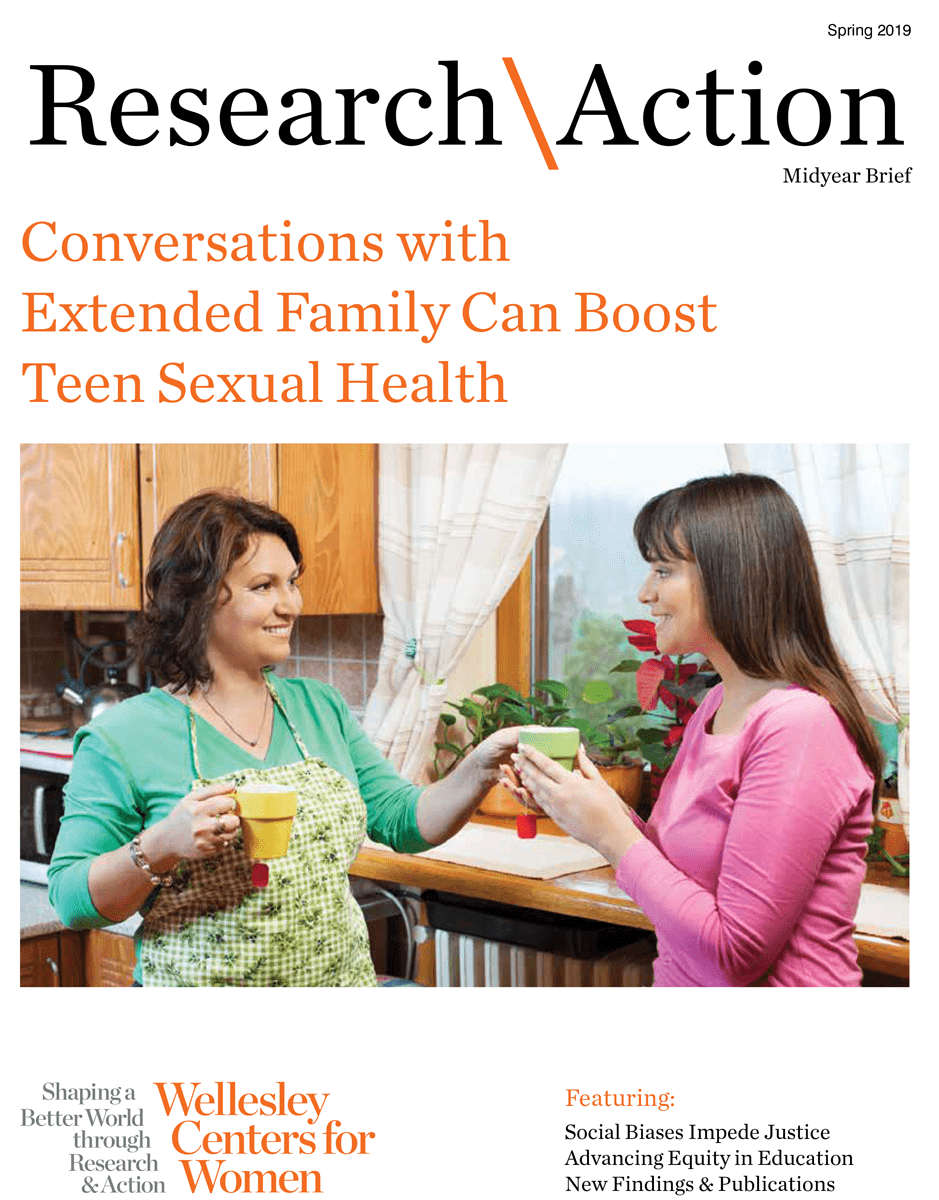 When an assault is reported and police have identified a suspect and have probable cause for arrest, they make an arrest. That is what most people would expect to be the next step. However, that is not always happening when the crime reported is sexual violence, according to a federally-funded study from our Justice and Gender-Based Research Initiative (JGBVR).
When an assault is reported and police have identified a suspect and have probable cause for arrest, they make an arrest. That is what most people would expect to be the next step. However, that is not always happening when the crime reported is sexual violence, according to a federally-funded study from our Justice and Gender-Based Research Initiative (JGBVR).
The study authors, Melissa Morabito, Ph.D., Linda M. Williams, Ph.D., and April Pattavina, Ph.D., found that of the 2,887 sexual assault cases they examined, 30 percent got to a point where there was probable cause to make an arrest, but no arrest was made. This happened when police saw a victim as uncooperative or the prosecutors declined the case. In these situations, prosecutors thought a jury might not convict the suspect. This was most likely to happen if the victim knew the suspect, had been drinking alcohol, or had mental health challenges.
To help more victims of sexual assault see justice, JGBVR Director Williams said, “We need to understand the social biases that influence our definition of who the ideal victim is so that we can further educate law enforcement, judicial staff, advocates, and the public as potential jurors about the rights of all women, regardless of their situations.”
The researchers recommend further study into victims’ resources and abilities to afford the costs of being a witness, acknowledging that barriers within the justice system like confusing processes, high costs, transportation requirements, lack of victim protection, and very long timelines can influence cooperation.
Beyond the considerations of improving police and prosecutor responses to sexual assault cases, the researchers stress that it is important to recognize that the problem of sexual assault cases dropping out of the justice system is a complex issue.
“Sexual assault does not fit one stereotype, yet the system expects cases to fit the idea of “real rape”—a random attack of an undeserving woman by a stranger,” said Williams. “There is a need to educate the community about sexual assault so that there will be more support for all victims and more understanding of what rape really is.”
*This research was supported by Award Number: 2012-IJ-CX-0052, awarded by the National Institutes of Justice, U.S. Department of Justice. The opinions, findings, and conclusions or recommendations expressed in this publication are those of the authors and do not necessarily reflect those of the Department of Justice.


